Human research took precedence aboard the International Space Station on Tuesday as the seven-member Expedition 67 crew explored how living in space affects the human body. Meanwhile, Boeing’s first crew ship to visit the orbiting lab is targeted to launch late next week.
Exercise research and a central nervous system study were the main experiments today helping doctors learn how to keep astronauts healthy and successful during long-term space missions. NASA astronauts Kjell Lindgren, Bob Hines, and Jessica Watkins, took turns pedaling on an exercise cycle in the U.S. Destiny laboratory module throughout the day. The trio spent nearly an hour each working out while attached to sensors providing scientists insights into the aerobic capacity of a crew member in living and working weightlessness.
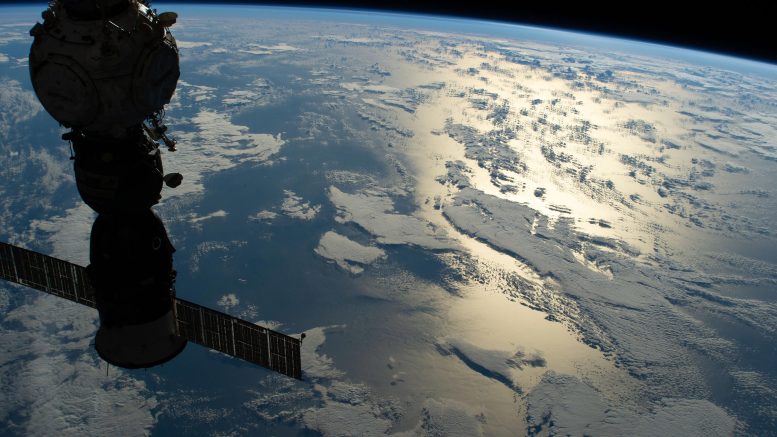
The silhouetted Soyuz MS-21 crew ship docked to the Prichal docking module is pictured as the International Space Station orbited 268 miles above the Pacific Ocean off the coast of Chile. Credit: NASA
Lindgren later worked in the Tranquility module replacing components on the advanced resistive exercise device that simulates free-weight training on Earth. At the end of the day, he switched to a space botany study investigating hydroponic and aeroponic techniques to grow plants without soil.
Hines and Watkins also swapped a virtual reality headset in the Columbus laboratory module as they explored how the human brain adapts to the lack of up and down references in microgravity. Observations will help researchers understand how the lack of gravity affects the way astronauts reach for and grasp objects.
The three cosmonauts spent the majority of their time today working in the station’s Russian segment. Commander Oleg Artemyev partnered with Flight Engineer Denis Matveev servicing a variety of communications and life support hardware. Flight Engineer Sergey Korsakov worked on ventilation systems and an oxygen generator while also maintaining a pair of Russian laptop computers.
The next spacecraft to visit the space station, Boeing’s Starliner crew ship, is targeted to launch at 6:54 p.m. EDT on May 19 atop an Atlas-V rocket from United Launch Alliance. The unpiloted commercial crew vehicle will liftoff as part of Boeing’s Orbital Flight Test-2 from Cape Canaveral Space Force Station in Florida. It would dock to the Harmony module’s forward-facing port the next day and depart five to 10 days after that for a parachuted return to Earth.

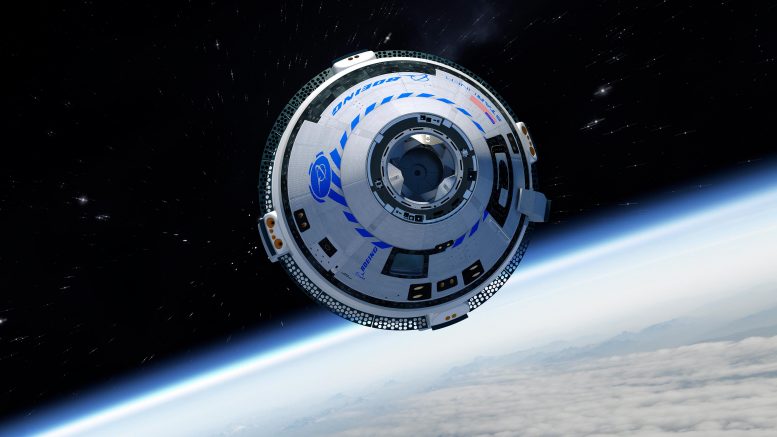


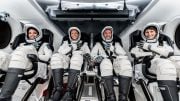

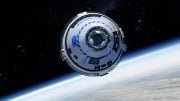
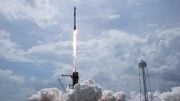
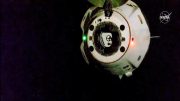
Be the first to comment on "Human Research Underway as Space Station Awaits Boeing Starliner Mission"